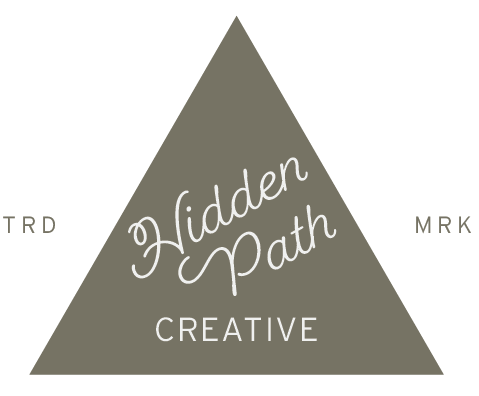Logo File Types Explained
Creating a brand logo is a foundational step in establishing your brand identity. Once you have a memorable logo design, understanding the different file types you'll need is important for maintaining its recognition across all the design applications, platforms and media. In this blog post, we'll cover the essential logo file types: Vector (SVG or AI) and Raster (PNG or JPG), and explain when and why to use each.
Vector Files: The Backbone of Your Logo
Vector files are the gold standard for logo design. These files are created using points and equations rather than pixels, which means they can be scaled infinitely without losing quality or looking pixelated. The two most common vector file formats you'll encounter are SVG (Scalable Vector Graphics) and AI (Adobe Illustrator).
SVG (Scalable Vector Graphics)
Advantages:
Scalability: SVG files can be resized from a tiny icon to a massive billboard without losing quality.
Web-Friendly: SVG files are ideal for web use because they are lightweight and easily styled with CSS.
Editability: Since SVG files are text-based, they can be edited with any text editor or graphic design software.
AI (Adobe Illustrator)
Advantages:
Advanced Editing: AI files are the native format for Adobe Illustrator, a powerful graphic design tool, making them perfect for detailed edits and design tweaks.
Layer Support: AI files support layers, allowing designers to manage complex logos with ease.
Use Cases:
Logo creation and editing
Print design including packaging and signage
Master files for creating other formats
Raster Files: Essential for Everyday Use
Raster files are composed of pixels and are best used for specific sizes and resolutions. While they don't offer the same scalability as vector files, they are essential for different applications. The two primary raster file formats are PNG (Portable Network Graphics) and JPG (Joint Photographic Experts Group).
PNG (Portable Network Graphics)
Advantages:
Transparency: PNG files support transparent backgrounds, making them perfect for overlaying logos on different backgrounds.
High Quality: PNG files retain a high level of detail and quality, even when compressed.
Use Cases:
Websites and social media
Digital documents and presentations
Any application requiring a transparent background
JPG (Joint Photographic Experts Group)
Advantages:
File Size: JPG files are typically smaller in size compared to PNG, making them ideal for web use where loading speed is crucial.
Compatibility: JPG files are widely supported across all platforms and devices.
Use Cases:
Websites and email signatures
Social media posts
Print materials where a transparent background isn't needed
Why Are Logo File Types Important?
Choosing the correct file type ensures your logo looks sharp and professional, regardless of where it's displayed. Vector files are best for printing and large-scale applications, while raster files are suitable for web and digital use.
Statistics show that maintaining consistent and high-quality branding can increase revenue by up to 33% (Adobe) (Logo Studio). Using the right file type for each application ensures your logo maintains its professional appearance and effectiveness.
Conclusion
Getting the right types of logo files—vector (SVG or AI) and raster (PNG or JPG)—is crucial for ensuring your brand logo looks its best across all mediums. Vector files provide the flexibility and scalability needed for print and large-scale use, while raster files are essential for web and everyday applications. By knowing when and how to use each file type, you'll ensure your brand's visual identity remains strong and consistent.
Need help with your logo files or a complete brand overhaul? Our Brand Pronto service offers a one-day brand creation session, transforming your ideas into finished designs with print-ready files in just five business days. Contact us today to learn more!
Oh, and come say hi on Instagram, and join a community of like-minded product entrepreneurs!


